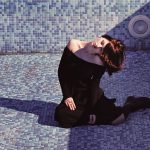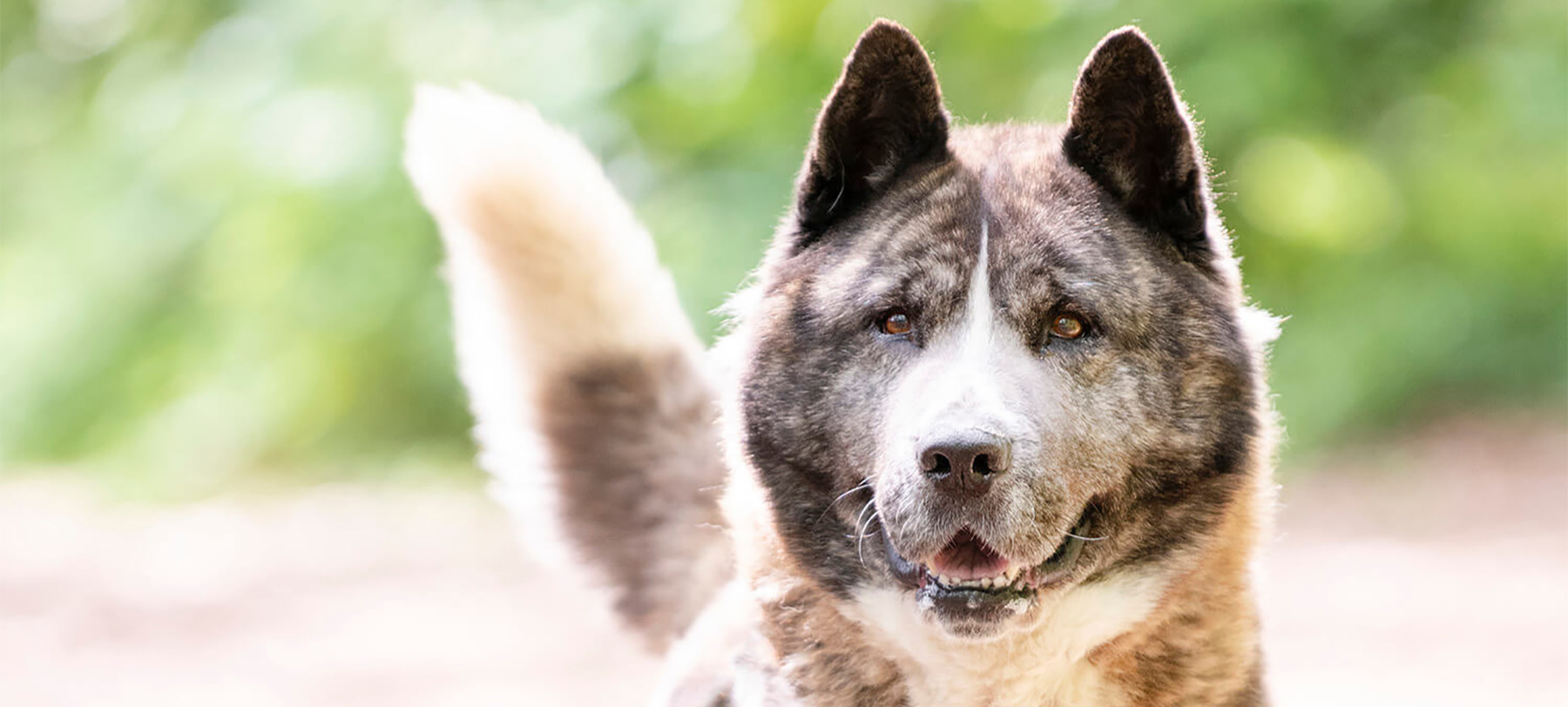
The six secrets to successful dog photos
Sometimes the best things in photography are the simplest, like a beautiful portrait of your furry family member. Here are six pro tips to help anyone succeed.
Read time: 5 minutes
When he isn’t writing for Photography News, Kingsley Singleton is a dog photographer extraordinaire. He’s got over a decade of experience under his belt, so there’s nobody more qualified to help you capture the portraits your dog deserves. Take a look at his website and see for yourself.
I took a few shots myself, then I re-read Kingsley’s tips and really focussed in on a few of them. So, I can tell you first-hand they really work! Read the tips, then see the results for yourself below.
Focus on the eyes
Just like human portraits, the eyes are the heart of the portrait, even if the subject is looking away or off camera. Focus there and check for sharpness, especially when working with a shallow depth of field. If working at very wide apertures, make sure you focus on the closest eye. To make it easier, move the active AF point to a position in the frame that’s near to the dog’s eye, and if in you’re having trouble, use a smaller aperture to hold more in focus.
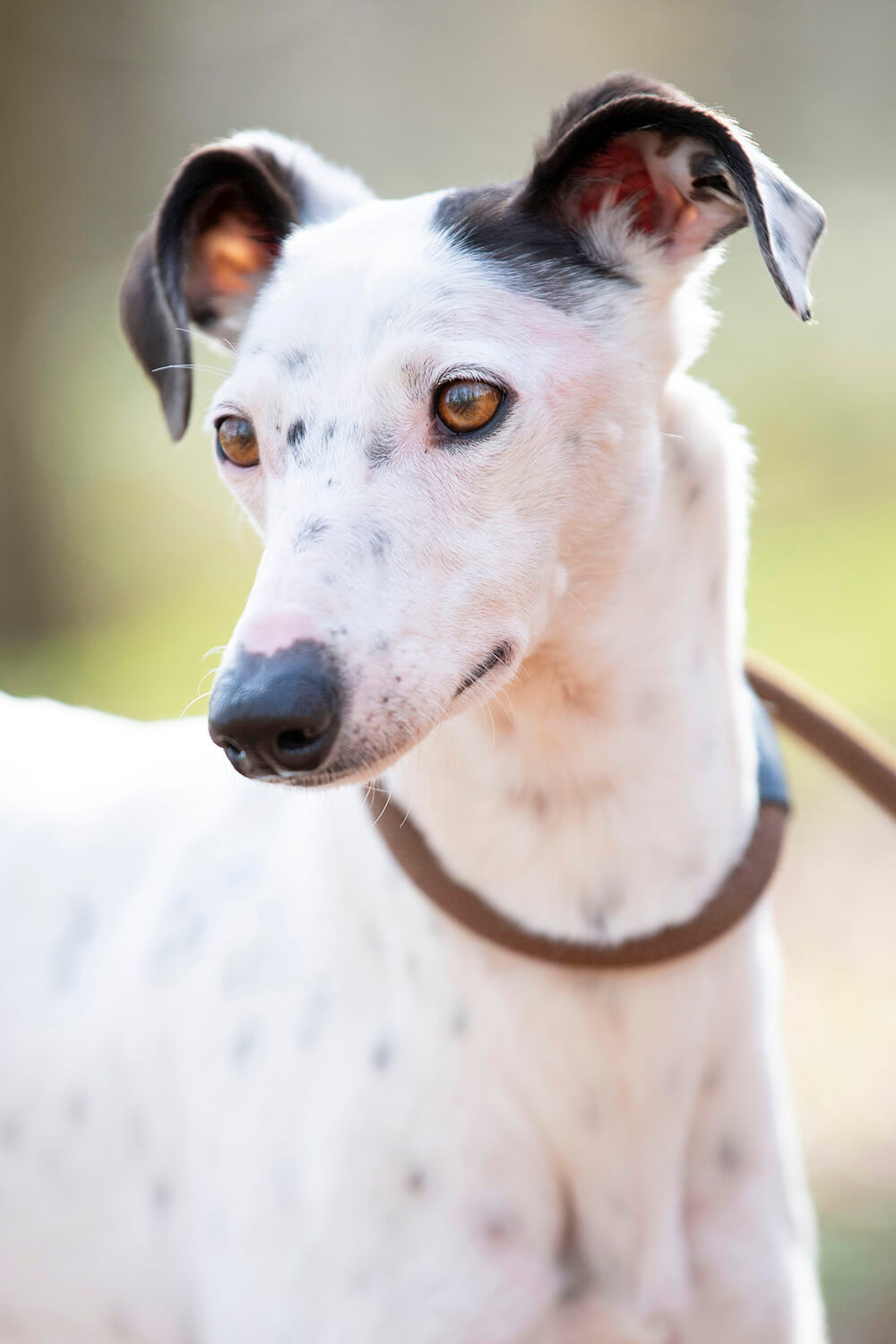
Fill the frame
That goes for either action or portrait shots. Unless the background is really important in framing or contextualising the subject, pics will look better when the dog dominates the frame. Of course, you can crop in editing, but it helps to start out in the best way, rather than resizing or losing pixels.
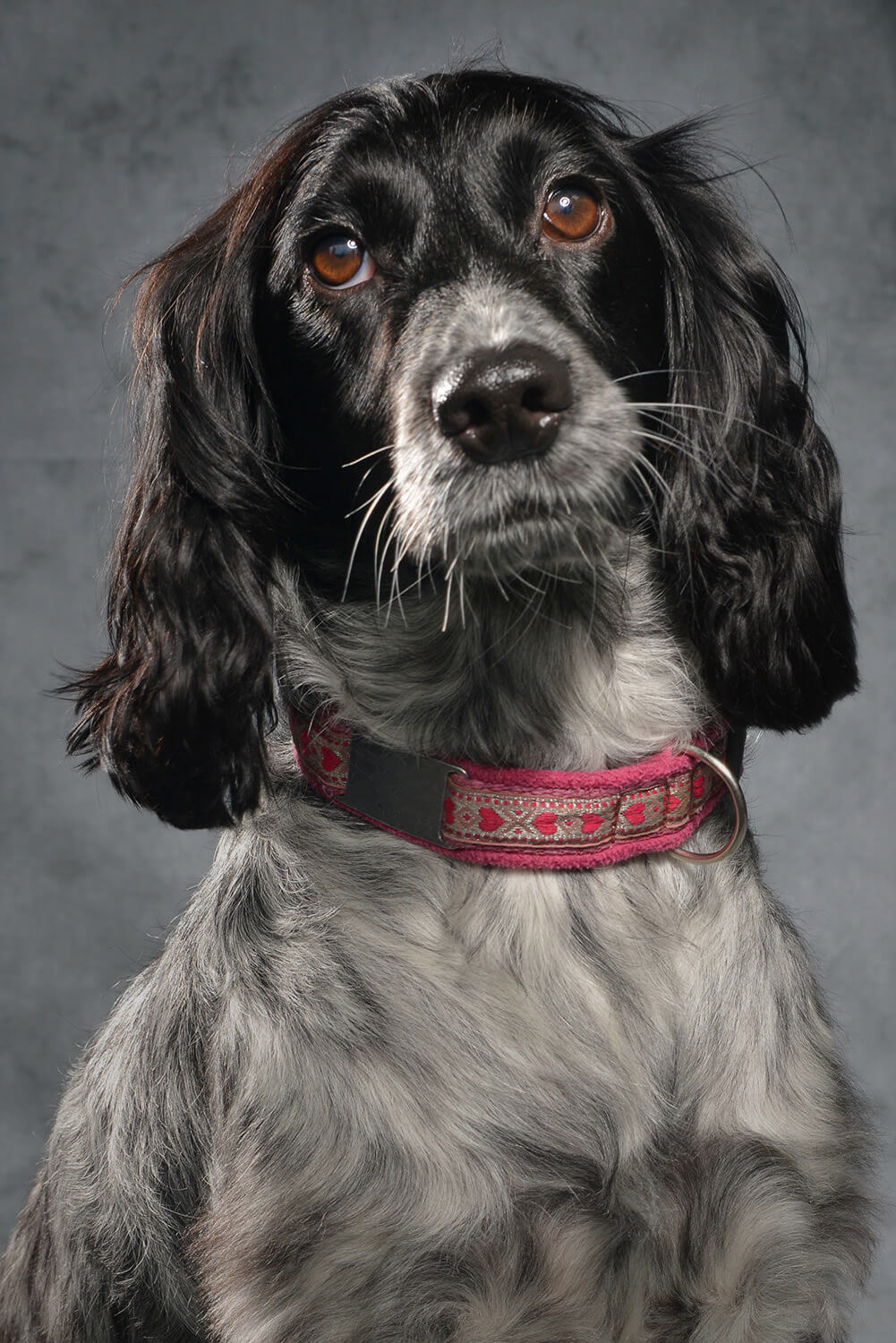
Freeze the subject
Unless you’re experimenting with motion blur in action shots, keep the shutter speed high. For a portrait, this could be anything from 1/60sec up, but in an action shot, more like 1/1000sec, depending on your ability to hold the camera. The faster the shutter speed, the less minor movements from the subject will lead to a soft shot. If you’re working in low light, increase the ISO.

Keep it calm
When photographing dogs, you can use most of the same techniques as you would with people, but there’s one crucial element missing: direction. If the dog in question is particularly well trained, there’s a very good chance you’ll be able to spend more time shooting and less time wrangling. If it isn’t well trained, there’s still something you can do.
As pack animals, dogs respond to your behaviour, so if you’re relaxed, they will be, too. It’s likely you’ll be using kit that’s entirely alien to them, so let them investigate and take a bit of time to get used to it. As a general rule, the more calm and comfortable the dog, the better the photo opportunities.
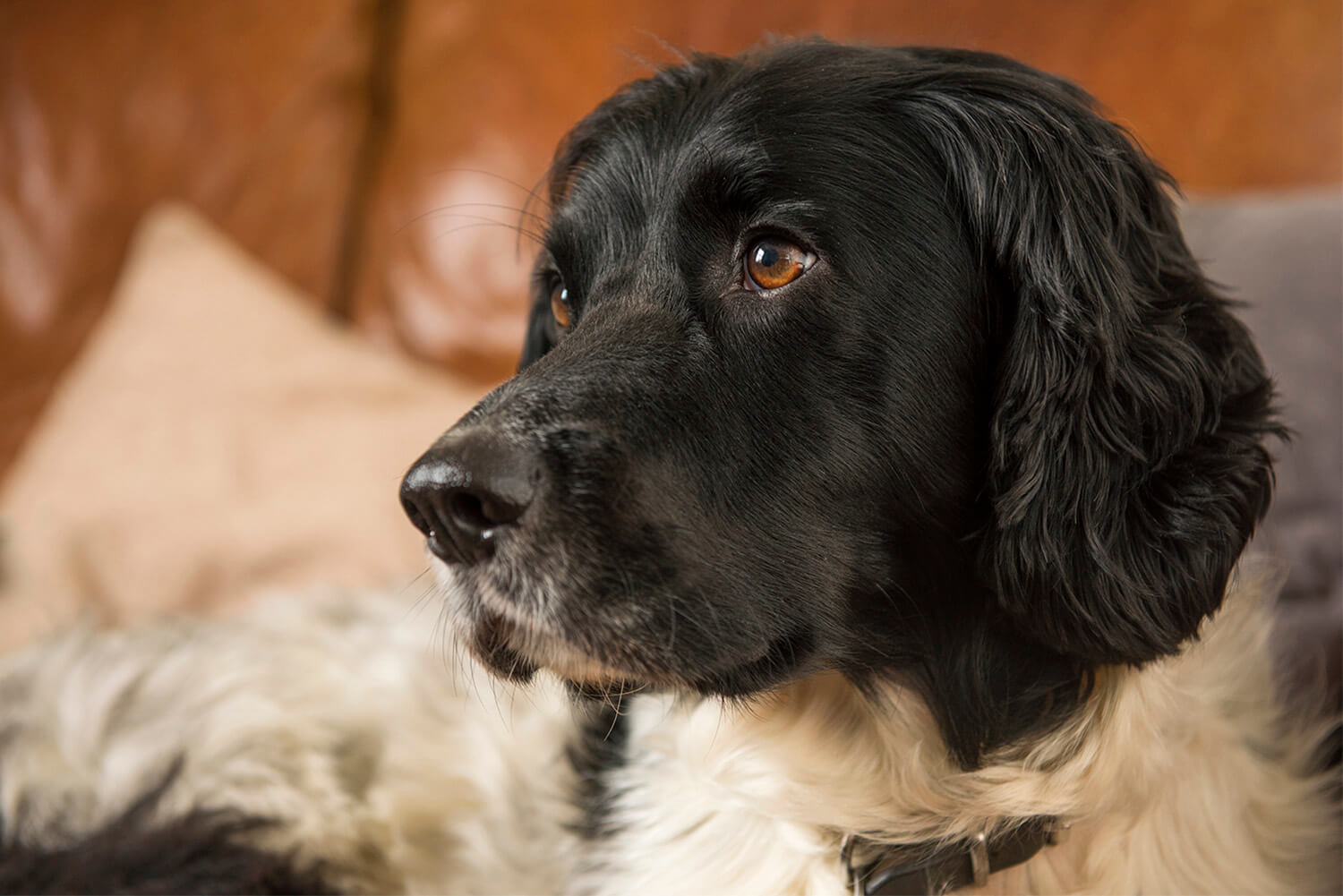
Biscuits are your friend
There’s another poorly kept secret when it comes to getting even a badly-behaved dog’s attention. Treats. With a few on hand, you can get your subject to stay still – at least for a short while – meaning you’ll be able to try more complicated lighting arrangements, or a shallower depth-of-field without the risk of miss-focusing.
A treat is also a great tool for controlling eye contact. Hold one above the lens or have someone hold one off camera in whatever direction you want the dog to look.
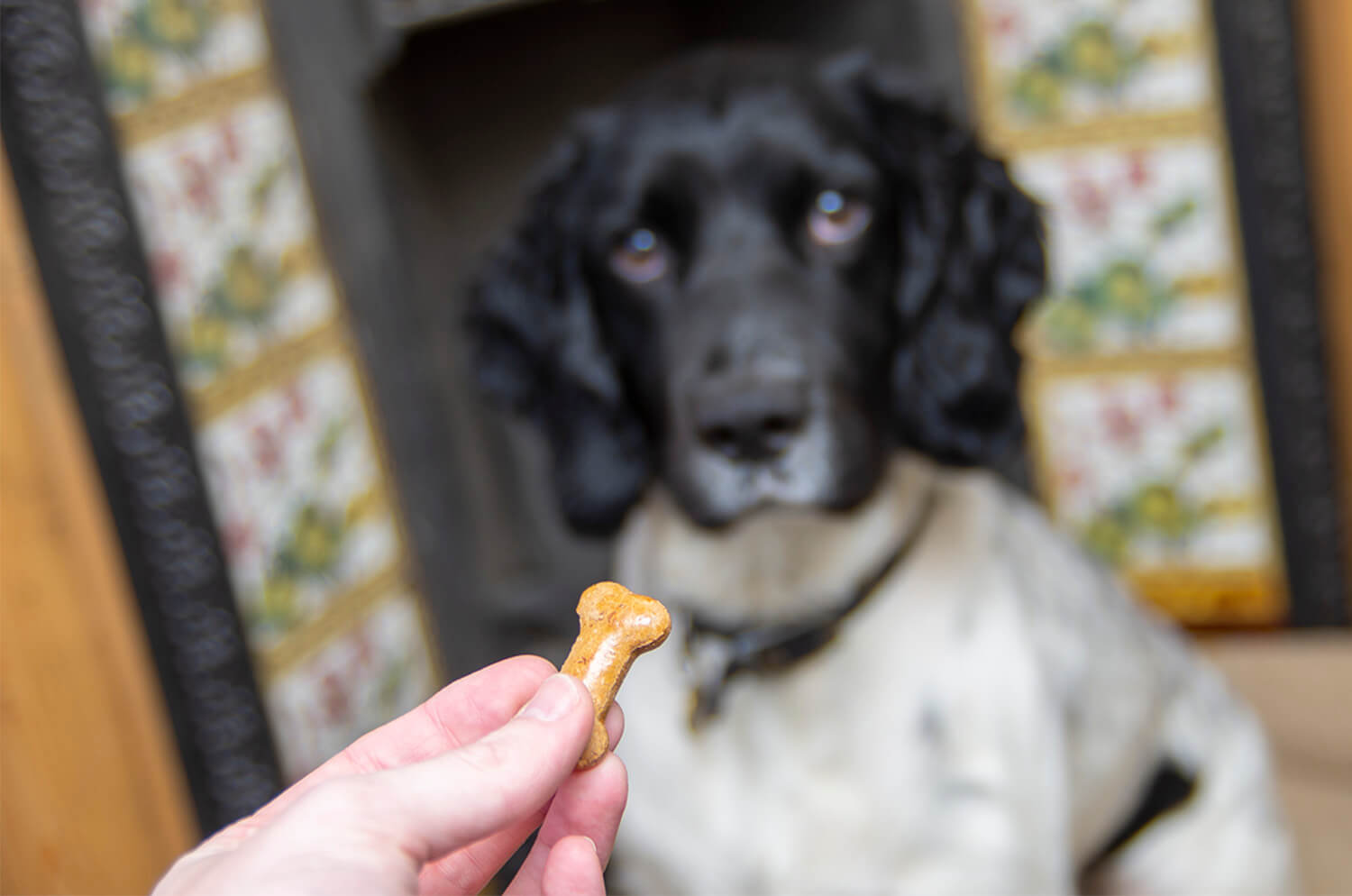
Light is the key
Just like people pictures, good light can really lift an animal portrait. If you’re shooting outside, try to position the subject out of direct light, or with the light behind them. The latter works brilliantly with dogs as it gives their hair a glow that separates them from the background. If you’re thinking of using flash, be mindful that dogs might be scared by it, especially any audible pops or beeps. For that reason, continuous light can be better if you’re going down that route with your dog photos.
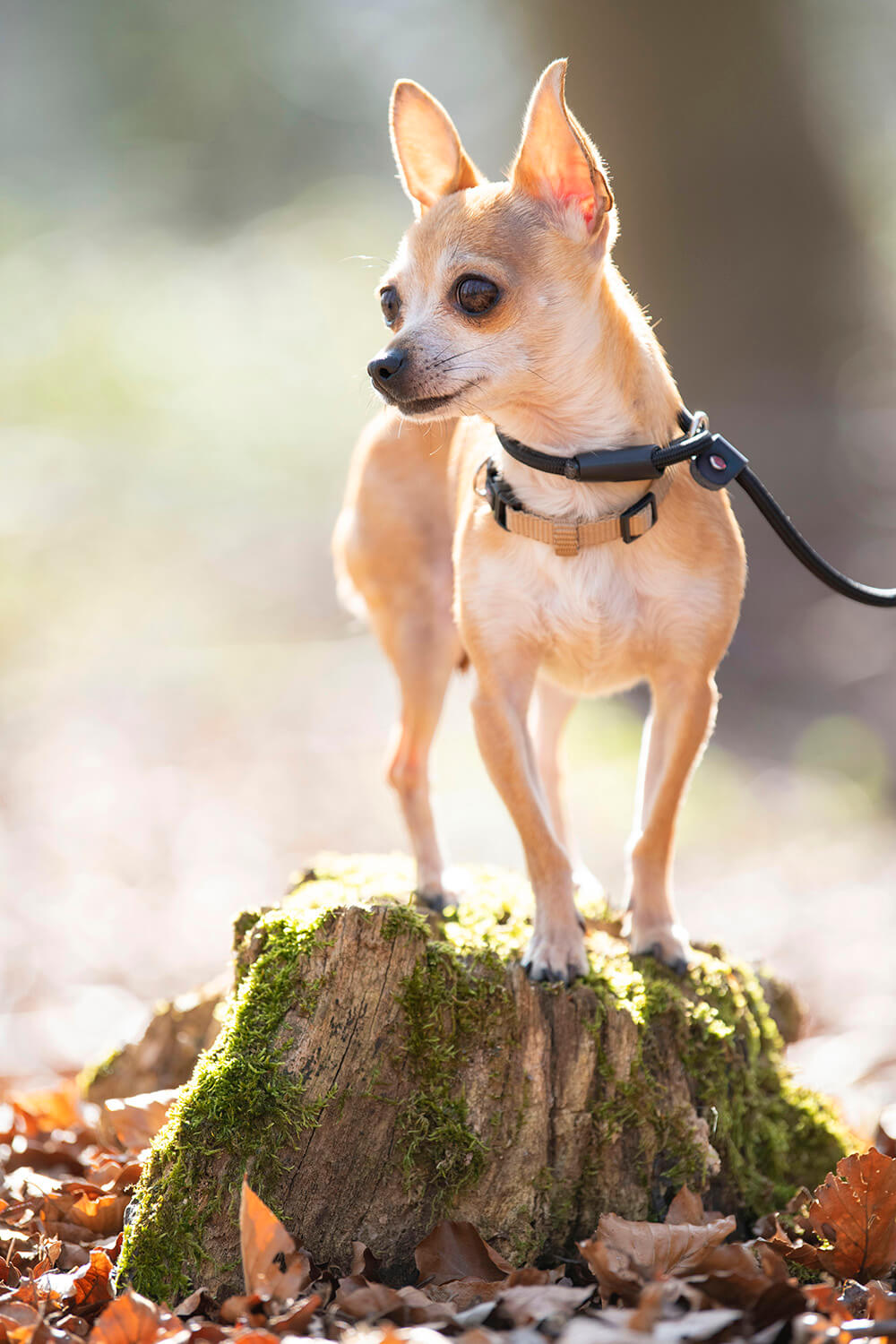
The attempt
While taking my first test shots, naturally, Jasper and Tilly weren’t engaging with the camera. Then, when the treats came out, they really switched on and I was able to direct them with a fair amount of ease, using the few basic commands they knew to my advantage.
I also took Kingsley’s advice about filling the frame and pushed in a bit, focussing on the eyes (when there wasn’t too much eyebrow in the way). In the resulting photos, Jasper’s face looks so full of character, and Tilly looks perfectly posed.
After seeing these dog photos himself, Kingsley noted how much of a difference angle makes to dog photos. He said a very low angle usually works best, unless there’s a specific reason such as exaggerating a pleading look like I did here – so there’s a bonus tip for you!
Will you be trying these tips for yourself? If you do, tag us in your dog photos on social media using the handle @PhotonewsPN!
Have you become a Photography News member yet? Sign up and read the online issue, free, every month. Don’t forget to tick to receive our newsletter to get notified of the new issue, exclusive offers and competitions.


